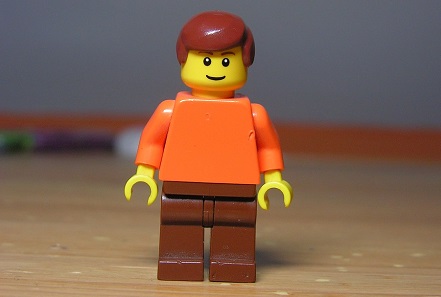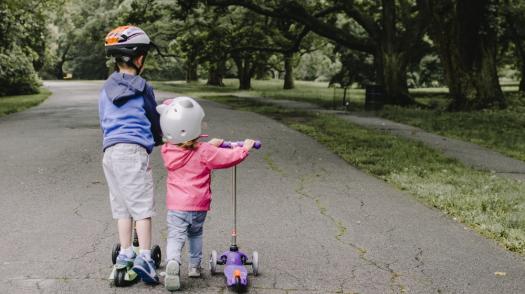
Books on brain injury
Our series of free books and resources aimed at children and families (P&P costs only).
It’s National Storytelling Week so we’re looking at how a child can benefit from understanding the story behind their brain injury.

Published: 07/02/2020
Establishing the story of someone’s injury can help them as they begin to adjust to their new needs and share their understanding with others around them, according to Gemma Costello, Head of Psychosocial Services and specialist Educational Psychologist at The Children’s Trust.
In a Neuro-Rehab Times article in 2019, Gemma explained that storytelling and building a narrative can help children and young people as they are coming to terms with the changes in their lives.
Gemma explained: “We work within a narrative and strengths based framework to support young people in re-connecting with their strengths, skills, resources and things that matter to them.
“Everybody has these stories about who they are, and an injury such as this can impact how someone understand themselves. It is important to build a solid foundation of a young person’s strengths and this might then enable us to explore any of the challenges they might experience since their injury, in order to reflect on ways that they might draw on their skills or call upon others to support them”.
A great storyteller is Jimmy Stevens who, at the age of 11, told his brain injury story using Lego people. His film received an award from UKABIF. The film illustrated the challenges of brain injury, such as altering behaviour, emotional control, cognitive ability and physical limitations. But recognised that others may not notice such changes.
In 2019, Sarah Rudebeck, clinical psychologist, Evelina London hospital, spoke about the psychological changes after a difficult and life-changing event, such as a brain injury, and how parents and siblings can experience their own emotional reactions to such an event.
Speaking at The Stroke Association’s November 2019 Parent support day Sarah said: “Conversations and storytelling can be a helpful tool to help families talk together about stroke and it impacts.”
Gemma and Sarah both explained how a book or presentation telling the journey can help the individual alone, or for sharing with others, and help take things forward.
Using photographs or drawing can help create a vivid picture of the child pre-injury, said Gemma, then the focus can move to the child’s current skills and strengths and the progress being made. This also leads on to new activities/hobbies and their return to school.
Gemma explained: “Children/young people and their families often wish for other family members/their friends and teachers in schools to have an understanding of how they see themselves; to explain their story of what has happened to them; share the things that may bring challenge, such as problem-solving, fatigue, needing time to process information or regulating emotions; and explore ideas as to how others might help”.
Sarah explained how she had used The Children’s Trust’s book Head's up, Tim Tron, about a robot’s experience of brain injury, as a template for a seven-year-old child to write his own book about how his stroke affected him.
Sarah said: “This helped him talk back everything that had happened, and sequences, in a safe way.”
Sarah used the example of making an ‘All about me’ book with a younger child, similar to the book children make when they start with a new teacher or new school, but also including the child’s brain injury and how it affects them.
For teenagers, Sarah suggested making a ‘Tree of life’, and explained the benefits of this as individual therapy or to be done as a group. This piece of work is based around the young person as the tree and may cover all their connections and resilience.
Storybooks can also drive conversation and increase understanding. Sarah shared the benefits of using books as a way to introduce the idea of difference, using the example of Odd dog out. She also explained how it’s important for school-aged children to have a simple understanding of their medical condition so they have a way of explaining to others.
For more inspiration read our 10 top children’s books about disability, brain injury or feeling different.

Our series of free books and resources aimed at children and families (P&P costs only).

We've found 10 of the best children’s books about disability, brain injury or just feeling like the odd one out.
Read our guide to the therapies after brain injury.